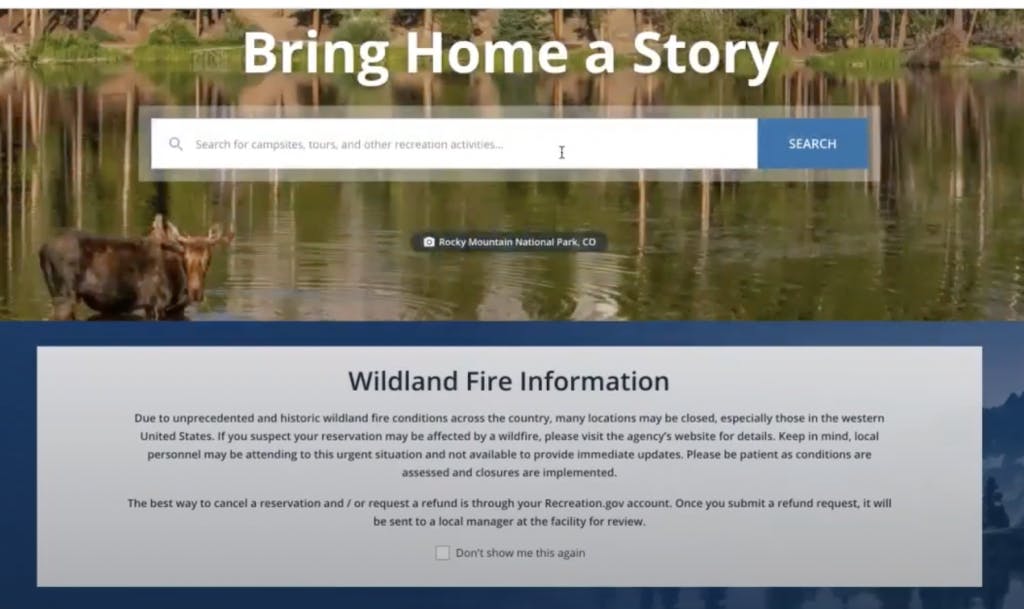Empowering the public sector to achieve flexible releases and greater control of user experiences
As a solutions engineer who works closely with federal teams, I've become familiar with the unique challenges faced by the public sector when adopting new technologies. Recently, I had the pleasure of hosting a discussion with several LaunchDarkly public sector customers to explore how their teams have changed their DevSecOps culture, gained flexibility, and reduced risk using an enterprise feature management solution.
I spoke with system integrators Booz Allen Hamilton (BAH) and Ad Hoc about the work they've done for Recreation.gov and Medicare.gov. Through implementing feature management, both teams have reduced the burden on engineering, increased release confidence, and empowered business stakeholders to better respond to user needs—while adhering to compliance regulations around security and privacy.
Our conversations bubbled up into several themes which I've outlined below. If you want to dig deeper, please watch the full session and Q&A here.
Be open to seeing what's possible with feature management, and introduce change incrementally
If you work in the public sector, you understand that agencies are typically risk-averse when it comes to new technology practices. Many of my customers are still understanding how to implement modern DevSecOps practices and are moving from Waterfall to Agile. As systems integrators, both BAH and Ad Hoc act as trusted advisors to the agencies they work with. Their experience championing modern technology across partners and projects gives them confidence in introducing new tools and helping agencies understand what's possible with feature management. For example, Ad Hoc used their recent experience implementing feature management for Healthcare.gov to help them drive success more quickly for Medicare.gov.
While the benefits of feature flagging extend well beyond the ability to turn features on and off during a release, Ad Hoc warned against introducing too much new functionality too soon. By establishing trust first, and introducing change incrementally, they believe they increased their odds of success. Start with building a case for using feature management to deliver reliable, consistent, and secure experiences that make program managers and developers more efficient.
Empower business stakeholders to deliver important information in real-time

Both Recreation.gov and Medicare.gov use feature flags to serve essential information to the public. Recreation.gov powers banners and notifications with flags, so that those looking to book a campsite have up-to-date information regarding reservations and closures. Recent COVID-19 and wildfire-related closures have greatly impacted visitation guidelines. Rather than the dev team having to push a release every time an update is requested—which could take up to a day—business stakeholders can update banners and notifications in real-time using feature flags.
The Medicare Plan Finder on Medicare.gov helps beneficiaries understand their options, especially during the Annual Enrollment Period. The team controls the user experience leading up to and during open enrollment with feature flags. Program managers can quickly tailor user experiences based on updates to plan coverage, prescription availability, and location information.
Explore options within your compliance standards
Ad Hoc and BAH discussed how they prevent personal data from being shared with the LaunchDarkly platform, even when users are logged in. In addition to restricting PII data, BAH uses the LaunchDarkly interface to audit and enforce compliance standards.
While the Ad Hoc team uses a private cloud instance, BAH uses the standard LaunchDarkly SaaS instance. Because of their microservices architecture, BAH leverages LaunchDarkly’s Relay Proxy to limit the number of outbound connections to the LaunchDarkly service. The Relay Proxy helps maintain information coming from multiple streams to improve control and security.
Feature Management for the public sector
We had several audience questions related to managing the technical debt associated with feature flags. That is one key reason many customers choose to use a third-party feature management solution like LaunchDarkly instead of building their own. LaunchDarkly's enterprise features such as code references help customers avoid technical debt. We are continually adding features to help our customers in this area and recently announced a flag overview dashboard that includes flag status information. You can find more LaunchDarkly tips in our Best Practices Guides.
We hope this session shed some light on how, even with strict compliance guidelines and nascent CI/CD practices, those in the public sector can benefit from feature flags. Regardless of where you are in your DevOps journey, feature management can improve developer productivity, give business stakeholders more control, and make releases safer.
For more information on using LaunchDarkly in the public sector, watch the full webinar or contact us today.





